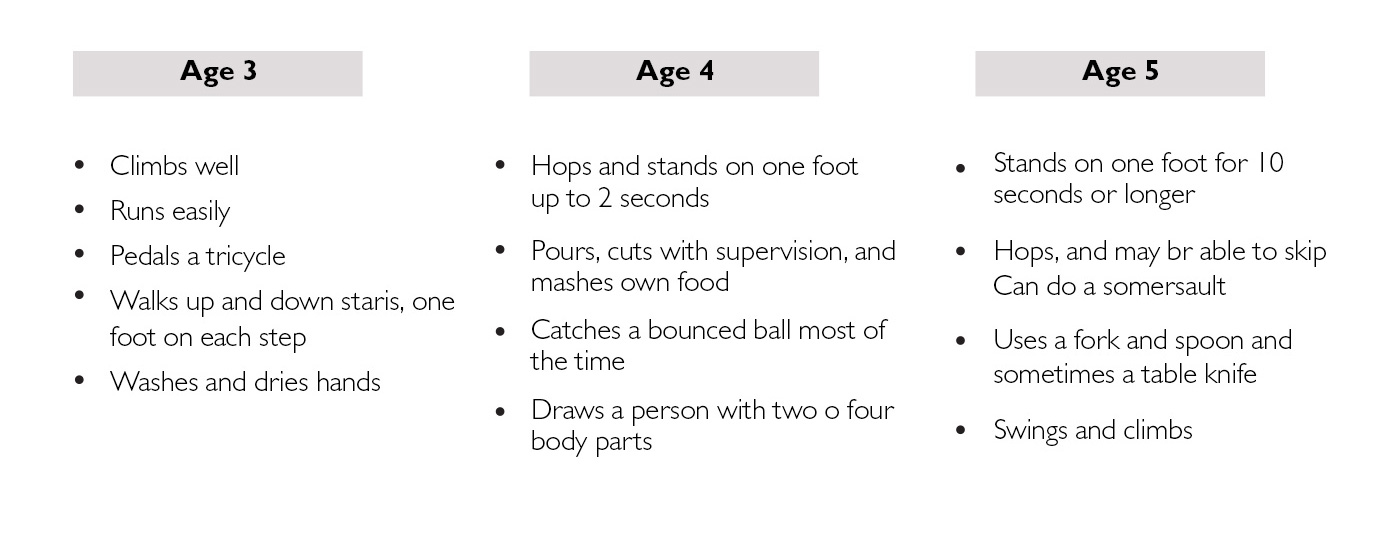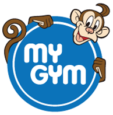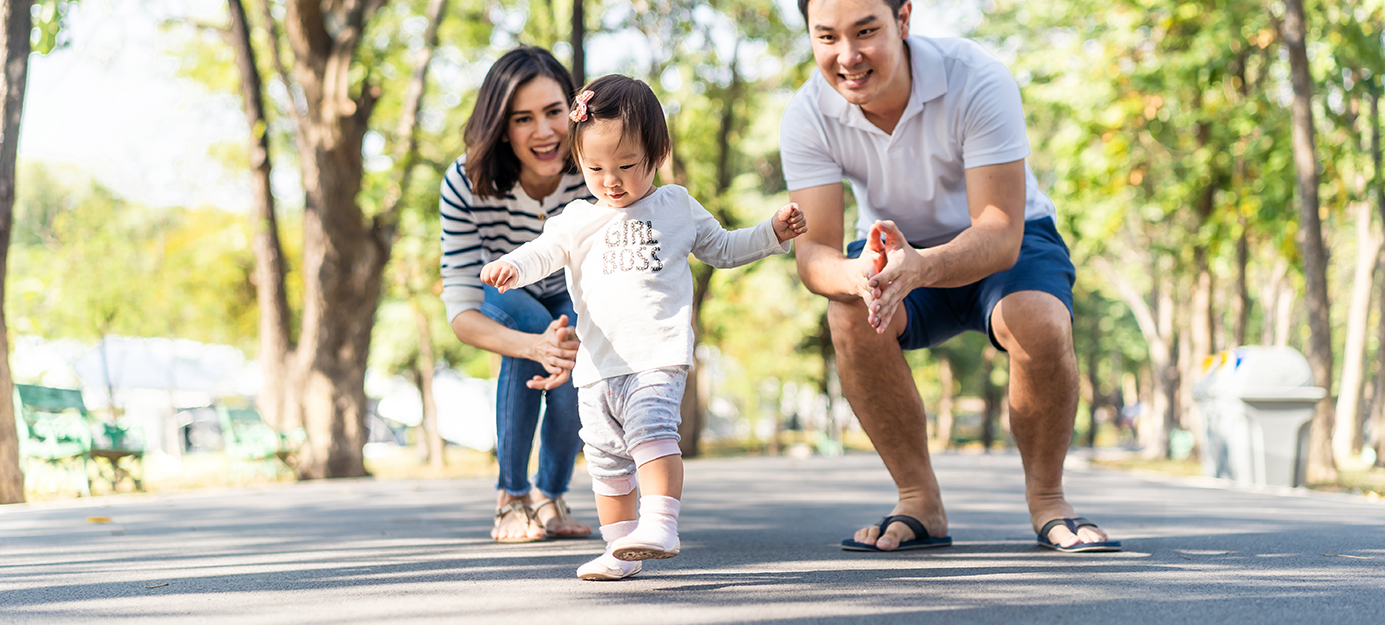Physical Development During Early Childhood – Everything You Need To Know
During the early childhood phase, a child’s physical development happens at a rapid pace. The body proportions of toddlers between the ages of 2 and 3 years old are still very much like an infant, with a large head and short appendages. But by the time the child is 5 years old, their arms will have stretched out, and their head becomes more proportionate to the rest of their body.
Between the ages of 2 and 3 years, young children stop “toddling,” which refers to the awkward, wide-legged stance which is the trademark of new walkers. As they develop a more stable gait, they also develop their ability to run, hop, jump, and more. Children of this age have the ability to take part in throwing and catching games, and can also push themselves around with their feet while sitting on a toy.
On average, children between the ages of 2 and 6 years old tend to grow about 3 inches in height each year and gain about 2 kgs in weight each year. By around age 3, children will usually have all 20 of their primary teeth, and by around age 4, should develop 20/20 vision.
Here’s a handy checklist to help gauge early physical growth & development milestones for your child:

Factors that influence early physical development in children
Brain development
Physical growth and brain development go hand-in-hand. For example, the ability of a child to kick a ball involves much more than just moving of the legs and arms. It greatly depends on the brain’s ability to organize auditory and visual messages that guide the child to make decisions, such as adjusting movements, deciding how hard to kick the ball, and more.
Genetics
While genetic inheritance does play an important role in a child’s physical growth, it is important to note that, like other aspects of development, physical growth is the result of the interplay between genetics and the environment.
Nutrition
In order to attain optimal physical growth and development, especially during the time when their brains and bodies are developing at rapid speeds, young children must have access to healthy, balanced diets that provide them with all the essential nutrients, like vitamins, minerals, healthy fats, and more.
Environment
Long-term exposure to substances like lead, manganese, mercury, and pesticides that make their way into a child’s system through water or food can be detrimental to overall growth, cause physical abnormalities, weaken the immune system, and adversely impact motor skills in children.
Staying active and engaged in a variety of activities for physical development is very important for young children, and helps them in numerous ways:
- Develop strong bones
- Enhance gross and fine motor development
- Build strength, endurance, and flexibility
- Boost confidence
- Achieve and maintain a healthy weight
- Decrease stress levels
- Improve social skills
- Improve balance, coordination and posture
- Improve sleep & concentration
As parents and educators, it is up to us to provide our children with every chance and advantage possible to help them achieve their developmental goals, and go on to be confident and skilled individuals in the future.
 At My Gym, our award-winning, age-appropriate programs are designed to help your little one realize their full potential while also progressing at their own pace. In our programs, children get to engage in structured play activities which boost their physical and cognitive abilities, and fine & gross motor skills. They also interact with other children their age on a regular basis, which does wonders for their social and emotional skills.
At My Gym, our award-winning, age-appropriate programs are designed to help your little one realize their full potential while also progressing at their own pace. In our programs, children get to engage in structured play activities which boost their physical and cognitive abilities, and fine & gross motor skills. They also interact with other children their age on a regular basis, which does wonders for their social and emotional skills.
Visit our website to find a program that’s right for your little one and get them started on an enriching early developmental journey!



